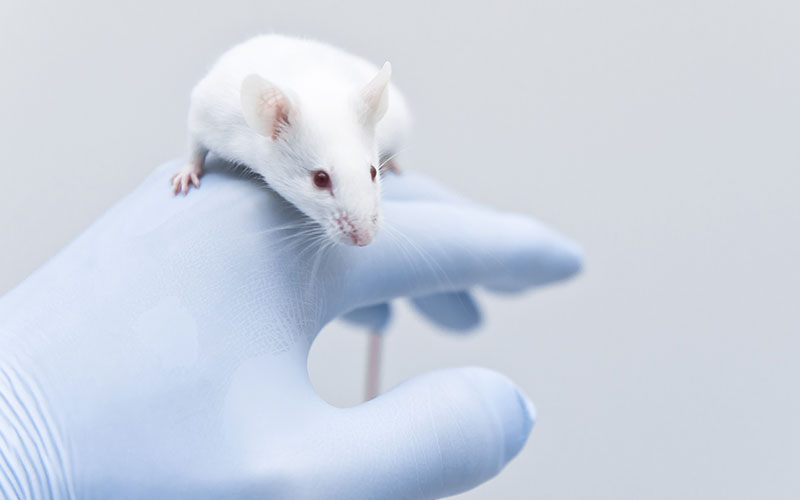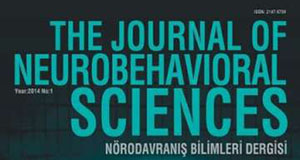
Gut microbiota has a crucial role in the maintenance of health. Increasing evidence suggests that changes or disturbances in gut microbiota may be associated with various diseases. Therefore, preclinical and clinical studies related to gut microbiota are becoming increasingly important. Germ-free animal experimentation is one of the most important in vivo experimental models for preclinical studies on gut microbiota interactions. It represents a model to study effect of probiotic research and other experimental animal studies requiring careful control of outside contaminants that can affect the trial. Germ-free animals have defected immune systems, so they are used to model immune mediated metabolic, peripheral, and central diseases. In addition, gut–brain axis studies have recently increased. This minireview provides current information on this model and discusses the validity of its use in gut microbiota studies.
Humans have vast microbial ecosystem in their guts that contain countless bacteria. The term ‘gut microbiota’ refers to all the residents of this ecosystem, ranging from its bacterial genes to their proteins and metabolites [1•,2]. Recent researches indicate the importance of gut microbiota in human health and its association with many diseases. In fact, critical alterations to the number and proportion of bacteria in gut microbiota, the disappearance of some bacteria from gut microbiota, or the addition of other or unusual gut microbiota may result in serious pathologies, including many autoimmune and metabolic diseases such as type I and II diabetes [3,4], obesity [5], arthritis [6] and cardiovascular diseases [7]; intestinal disorders such as irritable or inflammatory bowel diseases [8,9]; and colorectal cancers [10]. In addition, the microbiota–gut–brain axis has been explored in recent studies [11,12], and several reports indicate the importance of this axis in modulating brain development and functioning [1•]; behavioral disorders such as anxiety [13•], depression [14], schizophrenia [15] and autism [16]; and neurological illness such as multiple sclerosis, Alzheimer disease [13•] and Parkinson syndrome [17].
Experimental animal models that mimic various illnesses symptoms are useful tools for understanding the etiopathogenesis of illness and developing new treatment strategies [18]. Germ-free life is a biological condition characterized by the complete absence of living microorganisms.
A variety of animal models in different research areas are also affected by their gut microbiota and a greater than 70% correlation exists between gut microbiota composition and disease parameters [19•]. In addition, many in vivo experimental models show a reduction or absence of several inflammatory and complex diseases in germ-free animals, indicating that gut microbiota is related to the development of these diseases [20•]. For example, nonobese diabetic mice exhibit unchanged pathology under germ-free conditions [21,22]. However, some disease phenotypes may be transferred when germ-free animals are recolonized [19•]. Thus, several experimental studies conducted on animals have considered the impact of the microbiota.
Germ-free animals are valid experimental models used to investigate the host–microbial interactions in health, disorders, and diseases [23•,24]. Although rodents, most frequently mice, are used in germ-free models, other species, even zebrafish, may be used in these studies [25]. Germ-free dogs [26], chickens [27], and pigs [28] were also produced for various research studies.
This mini review presents a current germ-free model information and the model’s importance in microbiota studies. Because mice are the most frequently used species in germ-free animal studies, this article focuses on the animal model of germ-free mice.




